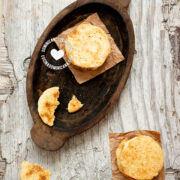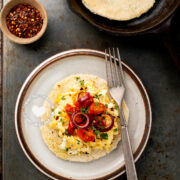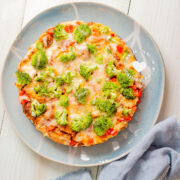We have put together our little secrets to make the bakery more accessible to the novice cook.
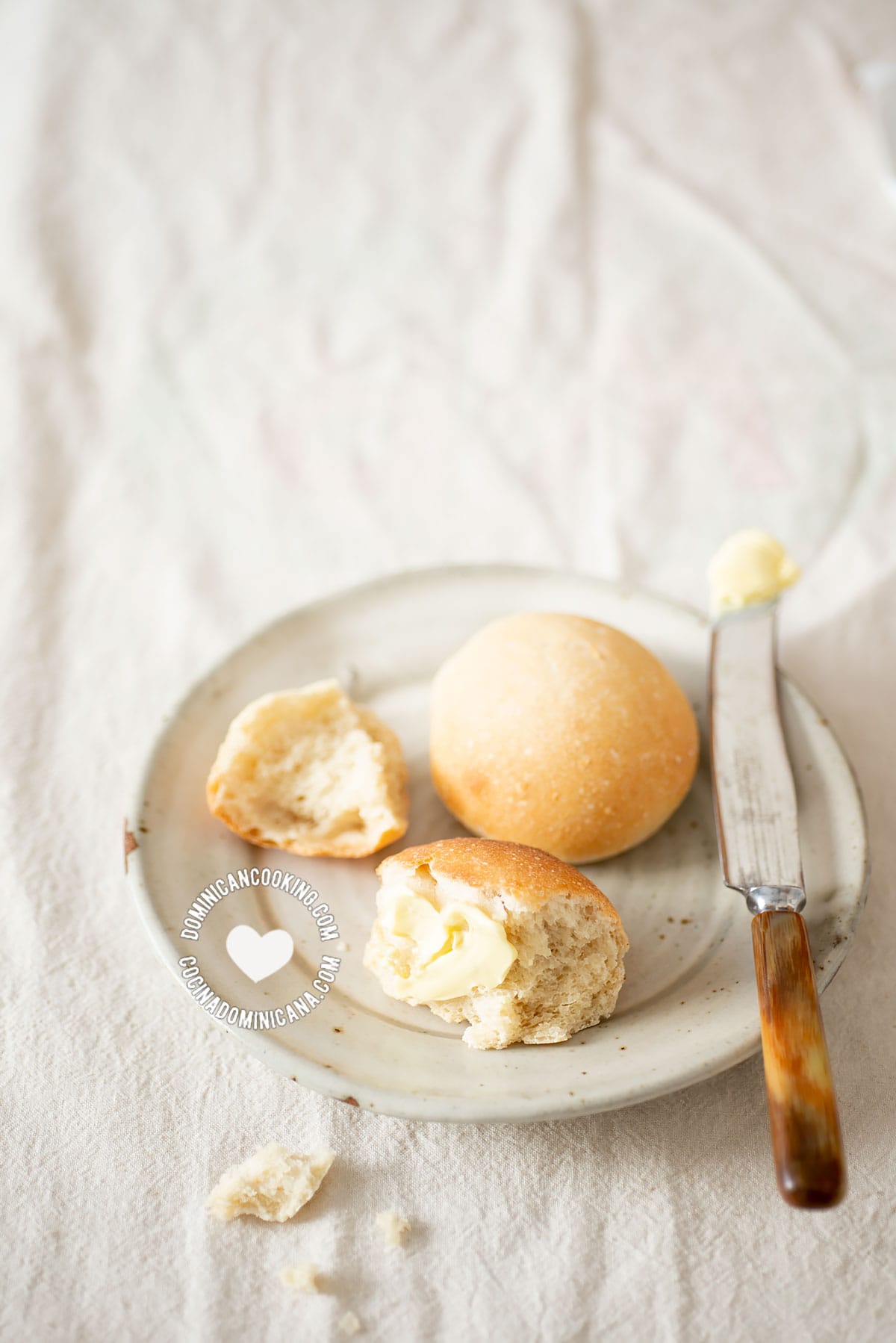
Nothing seems to challenge the amateur cook more than bread-making. Even the daring ones who would try their luck with cakes, but for some reason will be intimidated when presented with the mixture of flour, water, and yeast; which is basically all bread is.
I confess that my experiments in the art and science of bread-making have not been without failures: sometimes impressive successes, sometimes embarrassing failures. This should not scare us, however. Baking is a noble profession that requires years of training and dedication, whatever success we achieve will be impressive in itself. Furthermore, the ingredients in bread are so common and cheap that anyone can afford some experimentation and throwing away a bad batch.
One of the things that make bread-making a somewhat difficult proposition is that, besides an art, it is also a science (of sorts). The right ingredients, in the right balance, are the cornerstone of this branch of cookery. It is a bit difficult to predict exactly the proportions of ingredients because it may vary depending on a number of factors (which is where experience comes handy).
Here are some things to remember and tips for bread-making.
The oven
Not all ovens are the same. A professional bakery oven is capable of reaching and sustaining very high temperatures. To improve your chances, pre-heat your oven with at least 30 minutes in advance, domestic ovens don't reach the target temperature immediately. The smaller the oven, the lower the temperature to avoid burning the crust while cooking the center.
Flour
The flour must be of good quality, fresh and appropriate for the type of bread you are preparing. Every flour has specific uses. Generally, the lighter the flour, the lighter the bread. It is best to choose flour specifically for each recipe. Substitutions are often not a good idea.
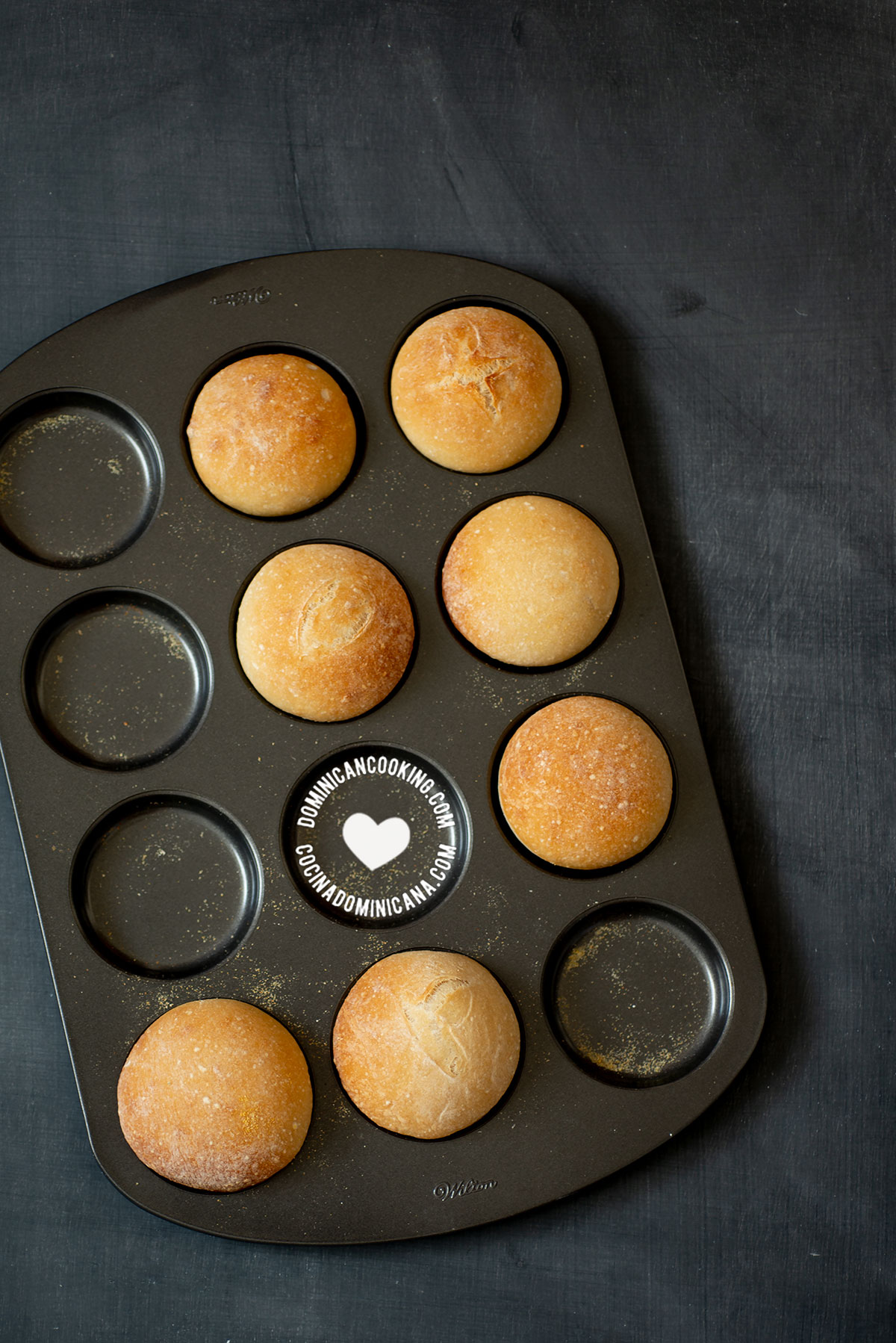
Kneading
It seems simple, but kneading has its tricks. As a general rule, kneading should be done slowly. Push the dough with the part of your hand where it joins the wrist, slowly folding the dough over itself. Change directions every few movements.
Over-kneading is as bad as not doing it enough. The perfect point is reached when the dough has the consistency of playdoh and does not stick to your hand or work surface. The dough must be moist but firm. Recipes may vary in their instructions though.
Yeast
Did you know that yeast is a living organism? In reality, it consists of millions of microorganisms. Yeast converts sugars in the flour to alcohol and gases, the effect of which is to 'rise' the bread. The importance of yeast in the quality of bread must not be underestimated. If the yeast is 'dead' the dough will not rise. Yeast that has been kept for too long in the supermarket shelves might not be in optimal condition.
To test if your yeast is alive, warm up a bit of water to about 105 ºF [40 º C] --it should not even feel warm to the touch-- and add a little bit of sugar. Add the yeast, if it starts producing foam within a minute then the yeast is alive, a slow reaction might mean that the yeast is partially dead. It is easier for the yeast to 'digest' the sugar you added than the sugar that is naturally present in the flour, a slow reaction means that the reaction in the presence of flour will not be adequate.
There are various types of yeast. The most common ones are dry yeast and rapid-rise yeast. The first is stronger but slower and must be dissolved in warm water before adding it to the flour.
As a general rule use no more than a tablespoon of yeast per pound of flour, more than that and your bread might end up with a bad taste. If the yeast is fresh and of good quality that will be enough.
Temperature and humidity
Like any living organism, yeast has its preferred temperature and conditions. It reacts best to warm, humid and dark places. On a cold day, your dough might take longer to rise.
What makes bread-making so intimidating is that we are dealing with a living organism with its own needs, this might make it difficult to follow a recipe to a T. You must practice, and adapt the recipe to your own conditions.
Good luck, let us know how your bread turns out.



